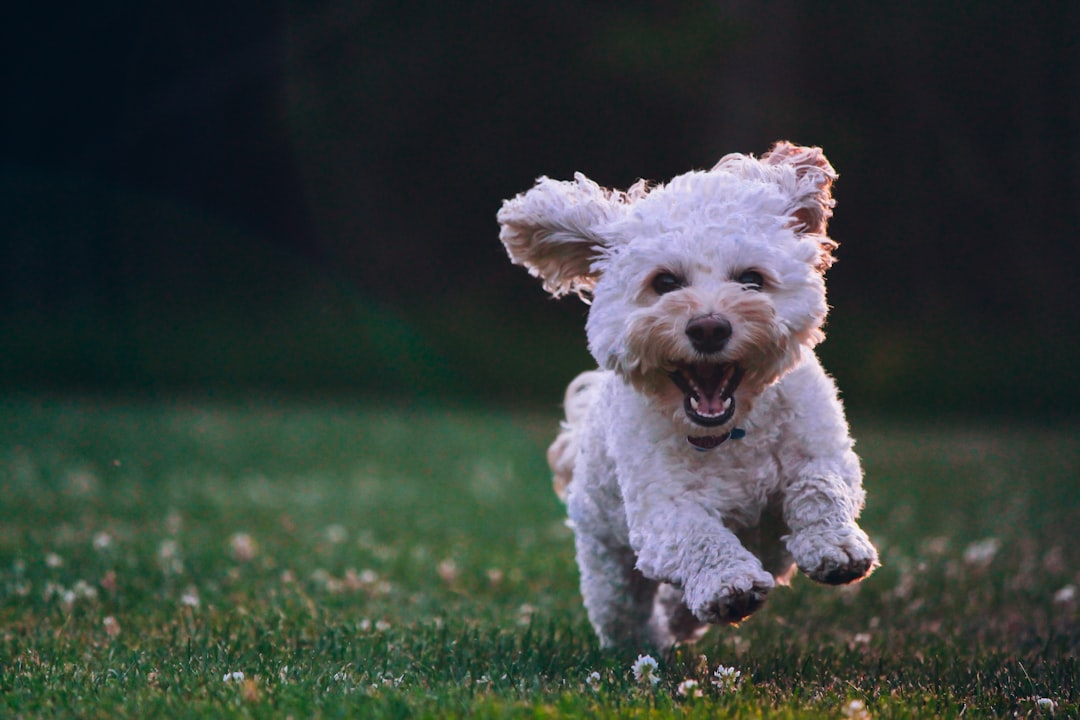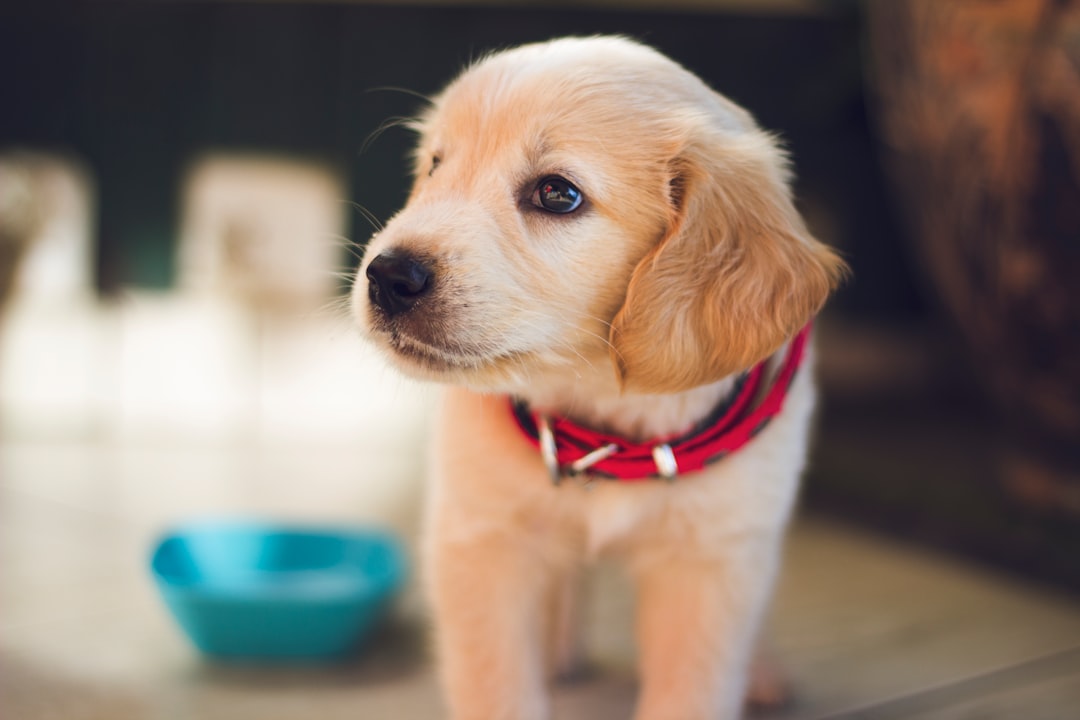Managing Male on Male Dog Aggression: Causes, Signs, and Training Strategies
A comprehensive guide on male on male dog aggression, covering the causes, signs, training techniques, behavioral modification strategies, and the importance of seeking professional help for effective management and prevention.
Overview of Male on Male Dog Aggression
Male on male dog aggression is a complex behavioral problem that can have various underlying causes. In addition to social status challenges, fear, and territorial instincts, resource guarding, dominance struggles, lack of socialization, and genetic predispositions are common contributing factors to this type of aggression. For instance, a male dog may exhibit aggression towards another male dog due to resource guarding behavior, where they feel the need to protect their food, toys, or sleeping areas.
Understanding the triggers and signs of male on male dog aggression is essential for dog owners to effectively address and prevent aggressive behaviors. For example, signs of aggression in male dogs can range from subtle cues like stiff body posture and intense staring to more overt behaviors such as growling, snapping, or engaging in physical fights. By being attentive to these early warning signs, pet parents can intervene promptly and implement appropriate training and behavior modification techniques to manage male dog aggression and ensure the safety of all dogs involved.
Causes of Male on Male Dog Aggression
Male on male dog aggression can stem from various causes, making it essential to understand the underlying factors triggering this behavior. Resource guarding is a common cause, where a male dog may feel the need to protect valuable items such as food, toys, or sleeping areas from other male dogs, leading to aggressive displays. Dominance struggles can also contribute to aggression, especially when both males are vying for control or status within their environment, escalating into aggressive encounters.
Furthermore, a lack of socialization can play a significant role in male on male dog aggression. Dogs that have not been adequately exposed to different environments, people, and other animals during their critical socialization period may exhibit fear or insecurity, which can manifest as aggression towards other male dogs. For instance, a male dog that has not been socialized with other dogs from a young age may display heightened aggression when encountering unfamiliar male dogs due to fear or uncertainty in social interactions.
 Signs of Aggression in Male Dogs
Signs of Aggression in Male Dogs
Aggressive behaviors in male dogs can escalate from growling and snapping to full-blown fights if not addressed. Male dogs may exhibit subtle signs of aggression, such as staring, raised fur, and tense body posture, before overtly displaying aggression. Understanding canine body language is essential for identifying early signs of aggression in male dogs.
For example, a male dog showing aggression towards another male dog may exhibit stiff body language, direct eye contact, and low growls as warning signs before a potential altercation. Additionally, a dog displaying aggression might also engage in lip curling, excessive barking, or even lunging as a more overt expression of aggression. Recognizing these signs promptly can help intervene before the situation escalates into a full-blown conflict, allowing for effective management of the aggression.
Moreover, changes in a male dog’s usual behavior patterns can also indicate underlying aggression. If a typically social and friendly male dog becomes increasingly withdrawn, irritable, or reactive in the presence of other male dogs, it could be a sign of brewing aggression. Understanding these behavioral shifts and being attuned to the dog’s responses in different situations can aid in early detection and proactive measures to address male on male dog aggression.
Training Techniques to Address Male Dog Aggression
When addressing male dog aggression, positive reinforcement training methods can be highly effective in modifying aggressive behavior. For instance, using a clicker to mark desired behaviors followed by rewarding the dog with treats can help reinforce positive actions and discourage aggressive tendencies. Additionally, implementing reward-based training where the dog is rewarded for displaying calm and non-aggressive behavior can be instrumental in reshaping their responses in challenging situations. This approach not only helps in redirecting the dog’s behavior but also strengthens the bond between the owner and the pet, creating a more trusting and cooperative relationship.
Moreover, socialization plays a crucial role in mitigating male on male dog aggression. Controlled interactions with other dogs in a safe environment can help male dogs learn appropriate social skills and reduce the likelihood of aggressive encounters. By exposing the dogs to different situations and ensuring positive experiences during socialization, they can develop better communication skills and learn to navigate interactions with other dogs more effectively. This exposure can also aid in building their confidence and reducing fear-based aggression towards other male dogs. Furthermore, consistent implementation of rules, boundaries, and consequences in training sessions is essential for establishing leadership and addressing aggressive tendencies in male dogs. By providing clear guidance and expectations, owners can help their dogs understand appropriate behavior and learn to control their impulses, leading to a harmonious coexistence with other male dogs.
 Behavioral Modification Strategies for Male Dog Aggression
Behavioral Modification Strategies for Male Dog Aggression
When addressing male dog aggression, implementing behavioral modification strategies is crucial for successful management. In addition to providing a structured routine and mental stimulation, engaging in physical activities tailored to the dog’s needs can significantly reduce aggressive behavior. For instance, interactive toys that dispense treats or puzzle games can keep male dogs mentally engaged, minimizing boredom and potential aggression triggers.
Furthermore, the use of management tools such as muzzles and head collars can aid in preventing aggressive incidents while working on behavior modification. For example, a Gentle Leader Head Collar can provide better control over a dog’s head, allowing the owner to redirect the dog’s attention and prevent aggressive behavior during walks or interactions with other dogs. These tools serve as temporary aids in managing aggression while the underlying behavioral issues are being addressed through training and positive reinforcement techniques.
Creating a safe environment free from triggers that provoke aggression is another essential aspect of behavioral modification for male dog aggression. This includes identifying specific stimuli that lead to aggressive outbursts and taking steps to minimize exposure to those triggers. For instance, if a male dog becomes aggressive around limited resources like food or toys, ensuring separate feeding areas and providing an adequate number of toys can help reduce conflicts and promote a harmonious environment among male dogs in the household. By proactively managing the dog’s surroundings, owners can effectively mitigate aggressive behaviors and foster a peaceful coexistence between male dogs.
 Seeking Professional Help for Male Dog Aggression
Seeking Professional Help for Male Dog Aggression
Seeking professional help for male dog aggression is essential when dealing with challenging behavioral issues. Consulting with a certified dog behaviorist or trainer who specializes in aggression can offer personalized strategies to address male on male dog aggression effectively. These professionals have the expertise to assess the situation, understand the triggers, and develop a comprehensive plan to modify the aggressive behavior.
Behavioral assessments and temperament evaluations conducted by experienced professionals play a crucial role in unraveling the underlying causes of aggression in male dogs. By closely observing the dog’s behavior, history, and interactions, these assessments can pinpoint specific triggers or factors contributing to the aggression. For instance, a behaviorist may identify that resource guarding is a significant trigger for aggression between male dogs, leading to targeted interventions to address this behavior.
In severe cases where male on male dog aggression poses significant risks or challenges, a combination of medication and behavior modification plans supervised by experts may be necessary for long-term management. Medications can help alleviate anxiety or aggression-related issues, while behavior modification plans can focus on reshaping the dog’s responses to triggers and promoting more positive behaviors. The expertise and guidance of professionals in these situations are invaluable in ensuring the safety and well-being of all dogs involved.
Conclusion and Recommendations
In conclusion, effectively managing male on male dog aggression is a multifaceted process that combines various strategies. Training plays a crucial role in modifying aggressive behavior in male dogs, with positive reinforcement methods like clicker training and reward-based techniques being particularly effective. For instance, using a clicker to associate a positive behavior like calmness with a reward can help redirect aggressive tendencies in male dogs towards more desirable actions. This not only tackles the immediate aggressive behavior but also reinforces positive behaviors.
Moreover, seeking professional guidance from certified dog behaviorists or trainers specializing in aggression is highly recommended for dog owners dealing with male on male dog aggression. These professionals can conduct behavior assessments to identify triggers and root causes of aggression, tailoring a behavior modification plan to address the specific needs of the dogs involved. For example, a behaviorist may recommend desensitization exercises to reduce a male dog’s aggressive response to a particular trigger, gradually exposing the dog to the trigger in a controlled setting to modify its behavior.
In addition to training and professional help, creating a safe environment for male dogs by removing potential triggers and providing mental and physical stimulation is essential in managing aggression. Implementing a structured routine and using management tools like muzzles or head collars can prevent conflicts and ensure the safety of all dogs in the household. Consistency in training, early intervention at the first signs of aggression, and a commitment to the well-being of the dogs involved are fundamental principles in successfully addressing and preventing male on male dog aggression.


 Signs of Aggression in Male Dogs
Signs of Aggression in Male Dogs Behavioral Modification Strategies for Male Dog Aggression
Behavioral Modification Strategies for Male Dog Aggression Seeking Professional Help for Male Dog Aggression
Seeking Professional Help for Male Dog Aggression